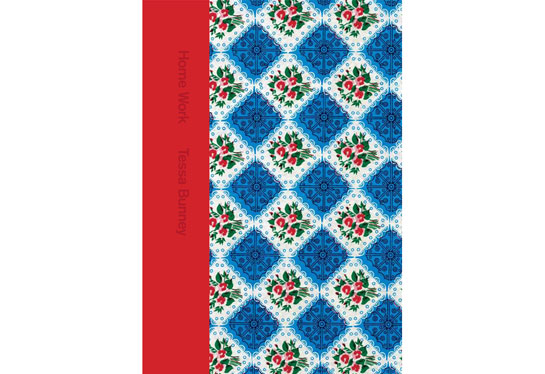Review: Home Work by Tessa Bunney

The cheap stuff we love to buy has to be made somewhere. Cheap stuff means little costs, so its production has been on a tour around the world over the past decades. We like to think of this as “globalisation,” because that just sounds better; and we usually don’t have a problem with it - as long as we can be sure there are no sweat shops involved (we might be cheap, but we have noble principles!). You can trace the evolution of this movement if you go to a thrift shop and look at where the things from the different periods of time were made. While China of course is the most well-known production site for our cheap (and plenty of our not-so cheap) stuff, there are other countries, too, Vietnam being one of them. Tessa Bunney’s Home Work explores a particular aspect of that country’s production system, the small villages around and suburbs of Hanoi. (more)
You might wonder what’s so interesting about those villages. As it turns out, as a consequence of increasing problems with just farming the land, the villages decided to turn into little production centers, each focusing on just one product. So there’s Cao making incense sticks or Hoach Trach specializing in bamboo combs. There’s a village for conical hats, just like there is one for baskets from water hyacinth.
Spending a total of twelve months in Vietnam, Bunney went to many of these villages, to take photographs, which have now been published in Home Work. The book is a most welcome deviation from many, if not most other stories for more reasons than just one. First, even though there are probably many stories still to be told about China, we have probably seen enough photography about shiny new buildings and factories there. Second, while China is the most impressive example, there are many other countries producing the cheap goods we love so much, not all of them following the Chinese model. And third, the story of globalisation ultimately is about people. While portraits of people are not overly abundant in the book, you can see traces of people in most of its pictures.
Home Work is an attractive little book, thankfully deviating from the often overly large and glossy format employed for so many books about China. My only gripe is that the printing of the image pages probably could have been a little better. As a bonus, at the end you get to see extracts from the photographer’s blog - written during the making of the work - which adds yet another very nice human touch to the book.
Home Work, photographs by Tessa Bunney, text by Tessa Bunney and Michael DiGregorio, 108 pages, Dewi Lewis Publishing, 2010